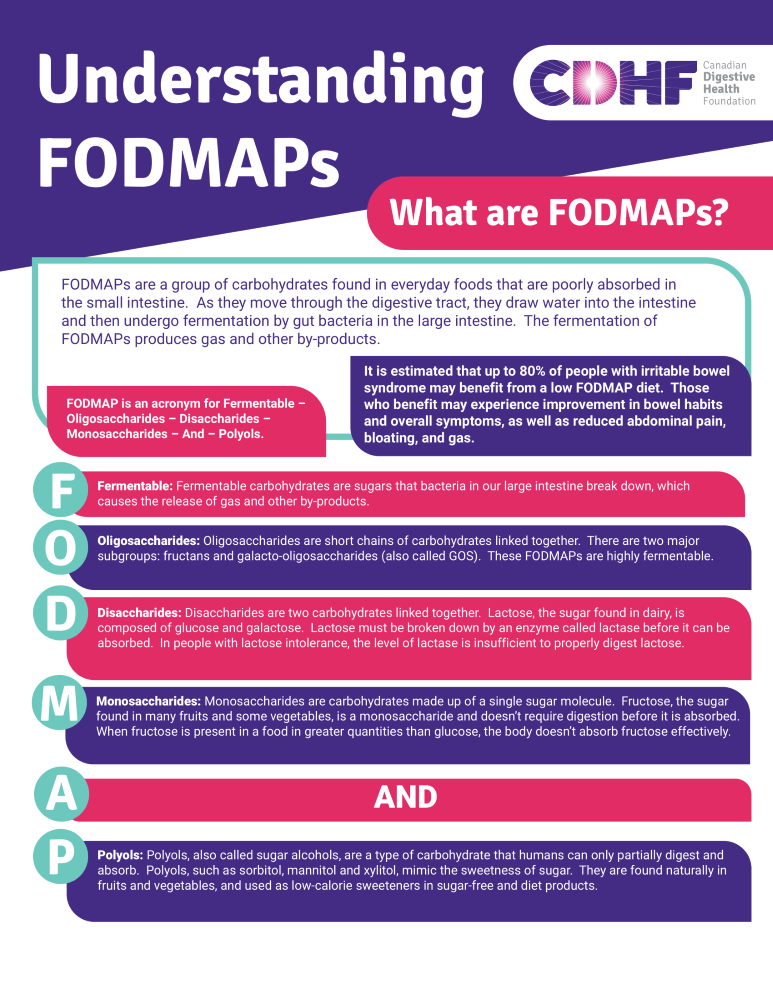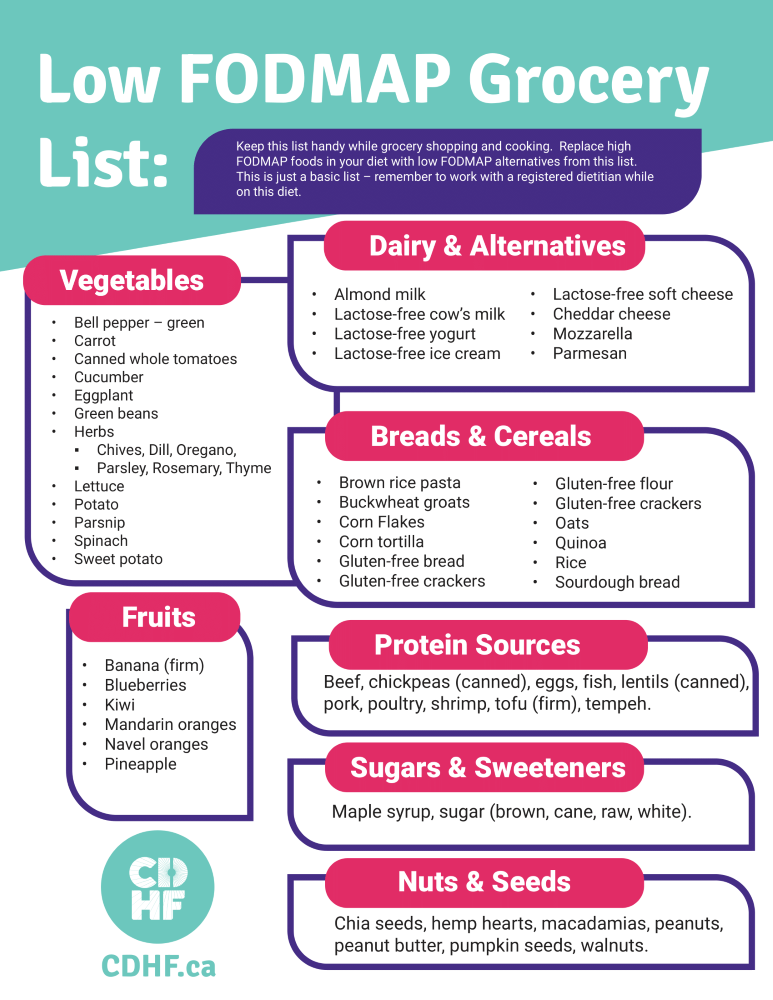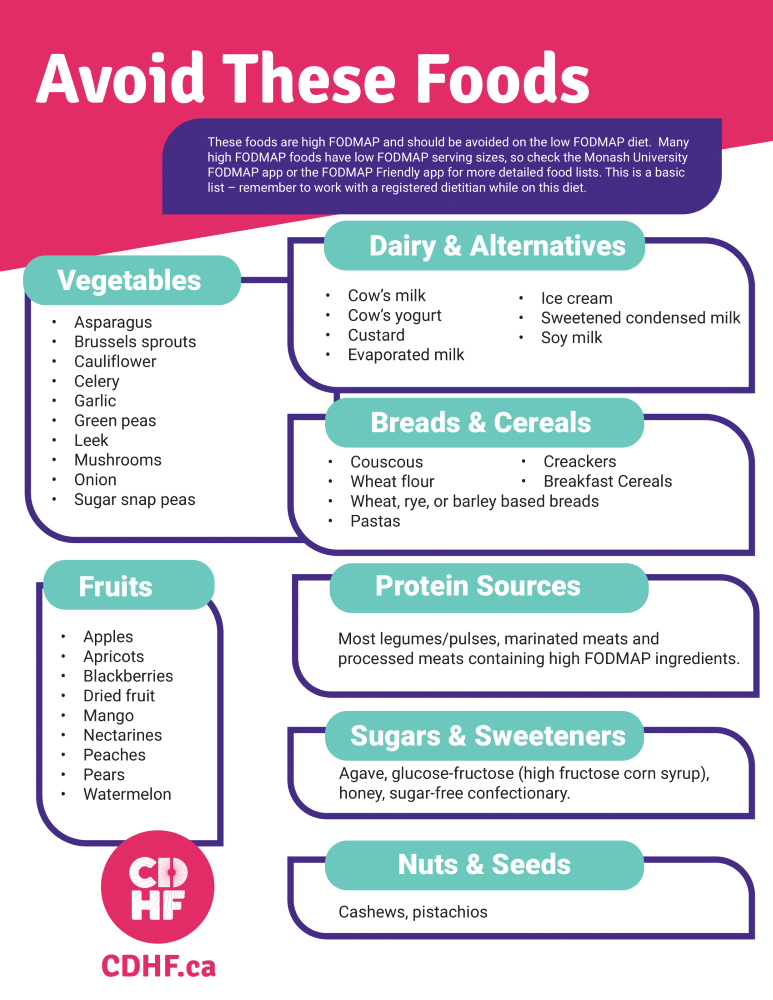If your gut constantly feels bloated, gurgly, or just plain uncomfortable—no matter what you eat—it’s easy to feel defeated. Something is clearly irritating your system, but what? Dairy? Gluten? Eggs? Soy? Pinpointing the culprit can feel like nutritional whack-a-mole.
You might be tempted to try food sensitivity or allergy testing for quick answers—but are those tests reliable? Or is there a more accurate (if more time-consuming) path to relief? Enter the elimination diet: a methodical, evidence-based approach that could finally bring your gut the peace it deserves.
But before we dive into the elimination diet and the low-FODMAP diet, it’s important to understand why it is seen as the gold standard over and above alternative methods of getting to the bottom of what is wreaking havoc on your system. For that, we take a look at Food Sensitivity and Allergy Testing.
Food Sensitivity Testing

Sensitivity tests are supposed to measure your immune response to different foods and their components. Sensitivities and allergies are caused by your body attacking specific foods or proteins because it sees them as harmful. Therefore, the idea behind testing is to identify which components trigger your immune system. FODMAPs are common triggers. We’ll break down what FODMAPs are later.
Research doesn’t support the use of these tests; they tend to be highly controversial and are not supported by science. There are questions regarding their reliability, validity and consistency. For this reason, many health professionals shy away from them.
Taking a food sensitivity test on its own is not recommended. You need to consider other factors such as your dietary habits, medications, and conditions. Also, tests may not cover all your trigger foods, leaving you symptomatic even after identifying your no-go’s.
It can be harder to identify food sensitivities than allergies. Symptoms of a sensitivity are usually milder and take longer to show up. Think diarrhea, fatigue, joint and muscle pain, headaches, and brain fog.
Allergies, on the other hand, tend to cause almost immediate reactions, usually within 15 minutes. This includes skin irritation, hives, rashes, itchiness, swelling, and anaphylaxis.
Food Allergy Testing

While allergy testing is more commonplace and can be more helpful than sensitivity testing, there are still concerns around the validity of the results. Just because you test positive for an immune response does not mean you are allergic, and a negative response doesn’t mean you’re allergy free.
Testing should not be done in the absence of your healthcare professional. Your doctor or allergist will take into consideration your family history and your experience that led you to request the test. They may ask you the following questions:
- What happened when the reaction occurred (symptoms)?
- When did the reaction first start?
- How long did it last?
- What treatments were used?
- Do any other family members have allergies?
The Elimination Diet
Whether you choose to take this step on your own or whether it’s been recommended by your doctor, the elimination diet is considered to be the gold standard in learning what foods don’t love you back.
The gist of the diet is you’ll cut out any and all foods which could be causing your symptoms – and then systematically reintroduce them one by one to help zero in and avoid confusion. And don’t worry if you don’t know where to start. Keep reading for a step by step guide.
Let’s break it down step by step.
Consult your doctor.
It is very important not to start an elimination diet on your own if you suffer from serious medical problems like celiac disease or irritable bowel syndrome, you may end up masking symptoms and delaying treatment you need. You could also end up cutting out some essential nutrients completely, which can lead to other medical issues. Ask your doctor if the diet is a good idea for you.
Start removing trigger foods from your diet.
If you’re doing an elimination diet under the guidance of your doctor, they can help identify which foods you could be reacting to based on your symptoms. You don’t necessarily need to cut out all possible trigger foods, having some help in identifying which ones you should can make the diet easier.
But, if you’re going it alone, you can try following the low FODMAP diet. FODMAPs are foods that commonly trigger sensitivity or intolerance. “The low FODMAP diet can improve bloating, abdominal pain, gas and altered bowel habits in roughly 3 out of 4 people,” according to the Canadian Digestive Health Foundation.
Stop eating the eliminated foods for 2-8 weeks and see how your digestion has changed. If it’s improved, it likely means that one or more of the eliminated foods were causing your symptoms.
Reintroduce the eliminated foods slowly
Once you feel like your digestion is under control, start reintroducing the foods you cut out from your diet. This is a slow process. You have to reintroduce foods one by one and wait a few days to a week to see if they are impacting your digestion.
Keep a food journal during this time. This isn’t just to track what you eat, it’ll help you track any symptoms, your mood, bowel movements, sleep quality, stress, and anything else you think may have been impacted by your diet.
Download our food diary to start tracking!
Start your new diet
Now that you know which foods your stomach can tolerate well, you can add back all of the foods that agree with your digestion and limit the foods that don’t. Keep in mind that FODMAPs can trigger symptoms in everyone, so you shouldn’t follow a strict low FODMAP diet. Instead, learn which trigger symptoms that you are not okay with and limit your intake of those foods.
Though the elimination and low-FODMAP diet can be an alternative to food sensitivity or allergy testing, testing is not typically an alternative to the diet. If you undergo testing, you may still be asked to go through an elimination diet alongside it to confirm the results.
Eat With Confidence
At the end of the day, figuring out what’s bothering your gut is kind of like solving a mystery—except you’re the detective and the crime scene. Food sensitivity and allergy tests might seem like a quick fix, but they often leave you with more questions than answers.
The elimination diet is about using a common sense approach that the detective uses when ruling out suspects. The process of elimination will help you know what’s messing with your stomach, so you can stop guessing and start eating in comfort, the way we all should.
~ Read more from The Health Insider ~
- Generic Ozempic: Canada to See Significant Price Drops
 Struggling with high medication costs? Generic Ozempic is coming to Canada in 2026. Learn how prices could drop from $400 to around $100.
Struggling with high medication costs? Generic Ozempic is coming to Canada in 2026. Learn how prices could drop from $400 to around $100. - Think You Know Diabetes? Half of Canadians Still Believe the Myths
 From “too much sugar” myths to unfair blame, Diabetes Canada is calling on Canadians to stop the stigma and learn the facts.
From “too much sugar” myths to unfair blame, Diabetes Canada is calling on Canadians to stop the stigma and learn the facts. - Ozempic, Wegovy Lawsuits Raise Alarms Over Rare Vision Loss Risk
 U.S. lawsuits link Ozempic and similar drugs to rare vision loss. Learn the risks of semaglutide medications and what Canadians should watch for.
U.S. lawsuits link Ozempic and similar drugs to rare vision loss. Learn the risks of semaglutide medications and what Canadians should watch for.
The information provided on TheHealthInsider.ca is for educational purposes only and does not substitute for professional medical advice. TheHealthInsider.ca advises consulting a medical professional or healthcare provider when seeking medical advice, diagnoses, or treatment. To read about our editorial process, click here.



